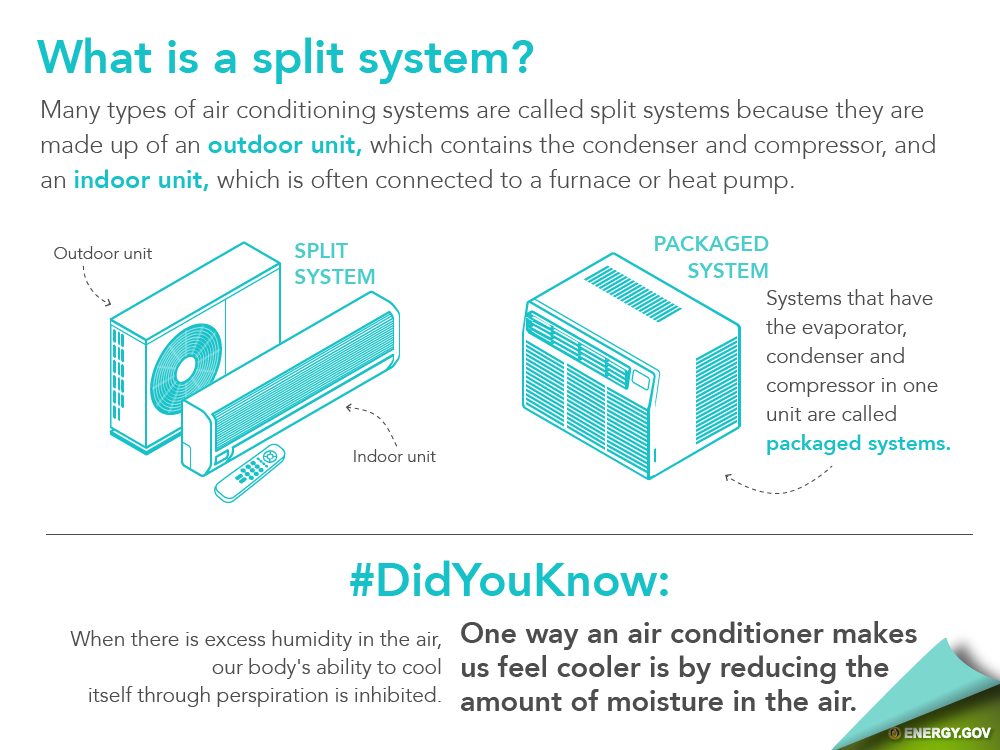The Ultimate Guide To Understanding Warm Pumps - Just How Do They Function?
The Ultimate Guide To Understanding Warm Pumps - Just How Do They Function?
Blog Article
carpet cleaners north shore hamilton -Neergaard Bland
The most effective heatpump can conserve you significant amounts of cash on energy expenses. They can additionally help in reducing greenhouse gas exhausts, particularly if you use power instead of fossil fuels like propane and home heating oil or electric-resistance heating systems.
Heatpump function quite the like a/c unit do. This makes them a feasible option to typical electrical home heating unit.
How They Work
Heatpump cool down homes in the summer season and, with a little assistance from electrical power or natural gas, they give some of your home's home heating in the winter months. They're an excellent choice for people that intend to decrease their use fossil fuels yet aren't ready to change their existing heater and cooling system.
They rely upon the physical truth that also in air that appears as well cool, there's still energy present: warm air is constantly moving, and it wishes to move into cooler, lower-pressure environments like your home.
Many ENERGY STAR accredited heatpump run at close to their heating or cooling capability throughout a lot of the year, reducing on/off cycling and conserving energy. For the very best performance, concentrate on systems with a high SEER and HSPF rating.
The Compressor
The heart of the heatpump is the compressor, which is also known as an air compressor. linked here moving gadget makes use of potential power from power development to increase the stress of a gas by reducing its quantity. It is different from a pump in that it only works with gases and can not deal with liquids, as pumps do.
Climatic air goes into the compressor with an inlet shutoff. It travels around vane-mounted arms with self-adjusting length that divide the inside of the compressor, producing multiple dental caries of varying size. The rotor's spin pressures these cavities to move in and out of phase with each other, pressing the air.
The compressor draws in the low-temperature, high-pressure cooling agent vapor from the evaporator and presses it into the hot, pressurized state of a gas. This procedure is repeated as needed to supply heating or cooling as required. The compressor additionally includes a desuperheater coil that reuses the waste warm and adds superheat to the cooling agent, changing it from its liquid to vapor state.
The Evaporator
The evaporator in heatpump does the same point as it performs in fridges and ac unit, changing liquid cooling agent into an aeriform vapor that eliminates warmth from the area. Heatpump systems would not work without this vital tool.
This part of the system is located inside your home or building in an interior air handler, which can be either a ducted or ductless unit. It consists of an evaporator coil and the compressor that presses the low-pressure vapor from the evaporator to high pressure gas.
Heat pumps take in ambient warmth from the air, and after that utilize electrical energy to transfer that heat to a home or organization in heating mode. That makes them a great deal more power reliable than electrical heaters or heaters, and since they're utilizing tidy electricity from the grid (and not burning gas), they also produce far fewer exhausts. That's why heat pumps are such excellent ecological selections. (As well as a big reason that they're coming to be so preferred.).
The Thermostat.
Heatpump are terrific choices for homes in chilly environments, and you can utilize them in mix with traditional duct-based systems or even go ductless. They're an excellent different to nonrenewable fuel source heating unit or typical electrical furnaces, and they're extra sustainable than oil, gas or nuclear HVAC tools.
Your thermostat is one of the most important component of your heatpump system, and it functions very in a different way than a traditional thermostat. All mechanical thermostats (all non-electronic ones) job by using substances that change size with increasing temperature level, like coiled bimetallic strips or the broadening wax in an automobile radiator valve.
These strips consist of two various types of steel, and they're bolted with each other to create a bridge that completes an electric circuit linked to your a/c system. As the strip gets warmer, one side of the bridge increases faster than the various other, which creates it to bend and signify that the heating unit is required. When the heat pump is in home heating mode, the turning around valve turns around the flow of refrigerant, so that the outdoors coil now works as an evaporator and the indoor cyndrical tube ends up being a condenser.